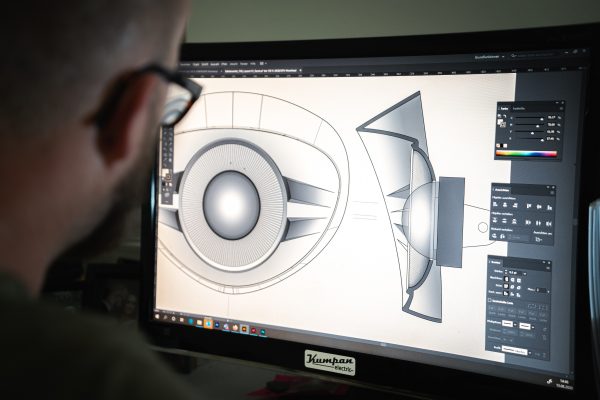The Future of Healthcare: How Wearable Medical Devices are Changing the Game

Wearable medical devices are revolutionizing healthcare by providing patients and healthcare providers with real-time data to better monitor and manage chronic conditions. These devices are designed to be worn on the body, collecting and transmitting data to healthcare providers, allowing for timely interventions and improved health outcomes. In this blog post, we'll explore some of the most exciting wearable medical devices on the market and how they are changing the face of healthcare.
What are wearable medical devices?
Wearable medical devices are electronic devices that are worn on the body and can collect, analyze, and transmit data to healthcare providers. These devices are designed to be user-friendly and unobtrusive, so that patients can easily integrate them into their daily lives. They range from simple activity trackers to more advanced devices like continuous glucose monitors and implantable cardiac devices.
Continuous glucose monitors (CGMs)
CGMs are wearable devices that continuously measure glucose levels in the blood. They are often used by people with diabetes to monitor their blood sugar levels throughout the day. CGMs can provide patients with real-time data about their glucose levels, which can help them to make informed decisions about diet, exercise, and insulin dosing. By allowing patients to monitor their glucose levels more closely, CGMs can help to prevent complications like hypoglycemia and hyperglycemia.
Implantable cardiac devices
Implantable cardiac devices are small devices that are implanted under the skin, typically in the chest. These devices can monitor heart rhythm and detect abnormal heartbeats. They can also provide therapeutic interventions, such as electric shocks to restore normal heart rhythm. Implantable cardiac devices can be used to manage a range of heart conditions, including arrhythmias, heart failure, and sudden cardiac arrest.
Activity trackers
Activity trackers are perhaps the most common type of wearable medical device. They are designed to monitor physical activity, including steps taken, calories burned, and sleep patterns. While not specifically designed for medical use, activity trackers can provide valuable data to healthcare providers, allowing them to track patient activity levels and make informed recommendations about exercise and physical activity.
How wearable medical devices are changing healthcare
Wearable medical devices are changing the way that healthcare is delivered by allowing for more personalized and proactive care. By providing real-time data to healthcare providers, these devices can enable more timely interventions and more informed treatment decisions. Wearable medical devices can also help to reduce healthcare costs by allowing for earlier detection and management of chronic conditions.
For example, wearable medical devices like CGMs can help people with diabetes to better manage their condition by providing real-time data about their glucose levels. This can lead to fewer hospitalizations and fewer complications from the disease. Similarly, implantable cardiac devices can help to prevent sudden cardiac arrest by detecting abnormal heart rhythms and providing timely interventions.
Wearable medical devices are changing the face of healthcare by providing patients and healthcare providers with real-time data to better manage chronic conditions. From continuous glucose monitors to implantable cardiac devices, these devices are enabling more personalized and proactive care, reducing healthcare costs, and improving health outcomes. As these devices continue to evolve and become more sophisticated, we can expect to see even more exciting developments in the field of wearable medical technology.
